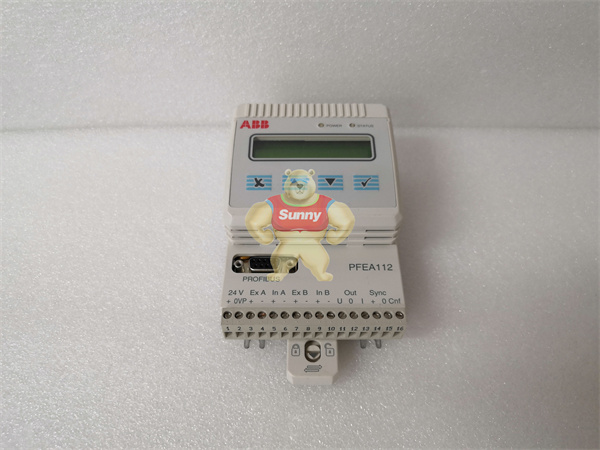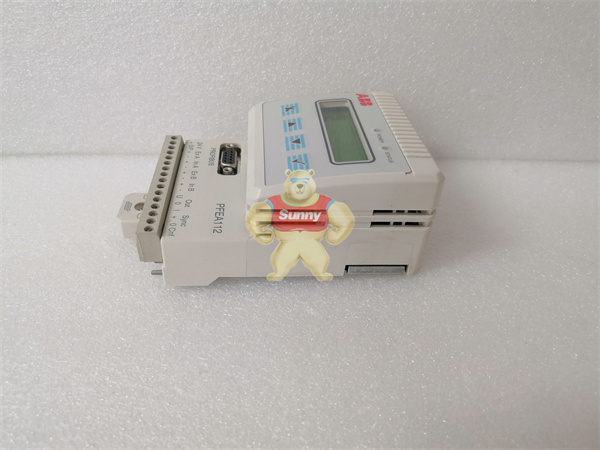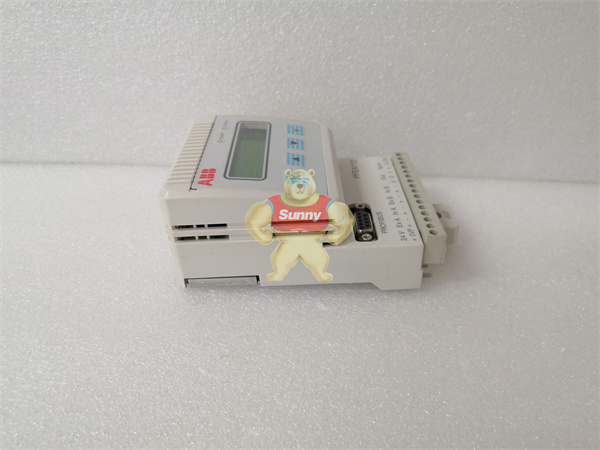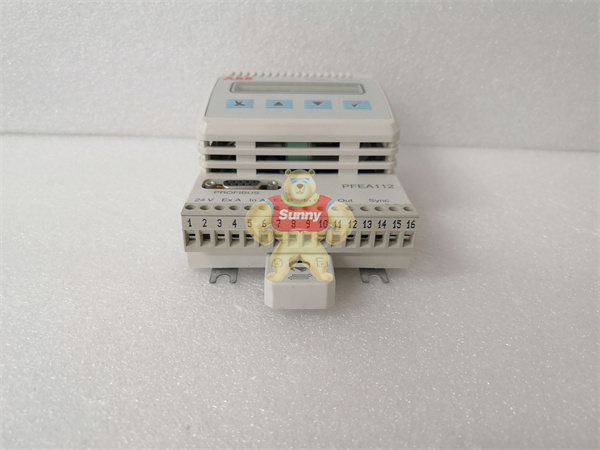Domestic offline programming simulation software has some shortcomings in the convenience of some human-computer interaction functions, the compatibility of special processes, the support of mass equipment and the real-time rendering of large-scale models. The gap between domestic and foreign software is reflected in the following aspects.
1) Complex welding trajectory planning. The proFIT software launched by Lincoln Electric in the United States can automate the generation of welding trajectory, and the generation time of trajectory is controlled within 5min. Moreover, the relevant trajectory template and welding process parameters can be automatically solidified into the generated welding trajectory. However, domestic software still lags behind in the ability of welding trajectory planning.

PFEA112-20
2) Rendering performance. In terms of rendering ability of large scenes, it is difficult to achieve the scene rendering of hundreds of millions of faceted pieces, especially in the simulation of multi-robot welding scenes. It is still necessary to continue to improve the rendering efficiency of large-scale models.
3) Collision detection performance. Canadian RobotMaster can achieve real-time collision detection, and it can be done on the trajectory optimization interface, to realize the rapid detection of multiple errors such as collision point, unreachable and singularity, while the collision detection function of domestic software needs to be further integrated with the trajectory optimization function.
4) Welding effect simulation. Delfoi of Finland can achieve the simulation of welding splash effect, but the domestic software cannot support this kind of effect simulation at present.

PFEA112-20
5) Massive robot library. RoboDK from Canada supports hundreds of robot models from more than 50 robot brands in the world, and more than 20 robot configurations including scara, delta, 3p3r, etc., which has obvious advantages over domestic software.
In order to solve the above problems, we need to focus on the technical points such as high-performance 3D display engine, lightweight model browsing, geometric algorithm engine, complex path intelligent planning technology and dynamics engine.

PFEA112-20
By constructing product and equipment models through digital technology and conducting virtual verification and testing in virtual environment, rapid delivery and iterative optimization of products can be realized, which will significantly reduce trial and error costs, shorten development cycle, control test risks, and make key process design requiring complex calculation and repeated parameter adjustment reliable. And can be visualized in the form of a rapid, three-dimensional presentation of the production line state, so that the feasibility of the process plan is clear. Therefore, virtual development technology plays a role in simplifying complex intelligent manufacturing equipment manufacturing, and will fundamentally promote the transformation of manufacturing mode from physical intensive to intellectual intensive.

PFEA112-20
8. On-line evaluation of measurement uncertainty of intelligent manufacturing large measuring equipment
Uncertainty evaluation is a very complex process for large scale 3D measurement oriented to specific tasks (see Figure 5). Existing methods have high requirements on the ability of operators, and the correct evaluation rate is relatively low. As one of the core technologies of manufacturing intelligence, digital twinning has received more and more attention and research. Through multi-scale, multi-physical quantity, multi-time and space sensing technology, multi-parameters such as vibration, temperature, pressure, noise, strain and image are monitored. Combined with the Internet of Things, data acquisition, analysis, self-diagnosis and execution platforms are established. Digital twins of measuring equipment are established to monitor the running state of instruments in real time, and online evaluation of measuring uncertainty of measuring equipment is realized.

PFEA112-20
 1 Year Warranty
1 Year Warranty





